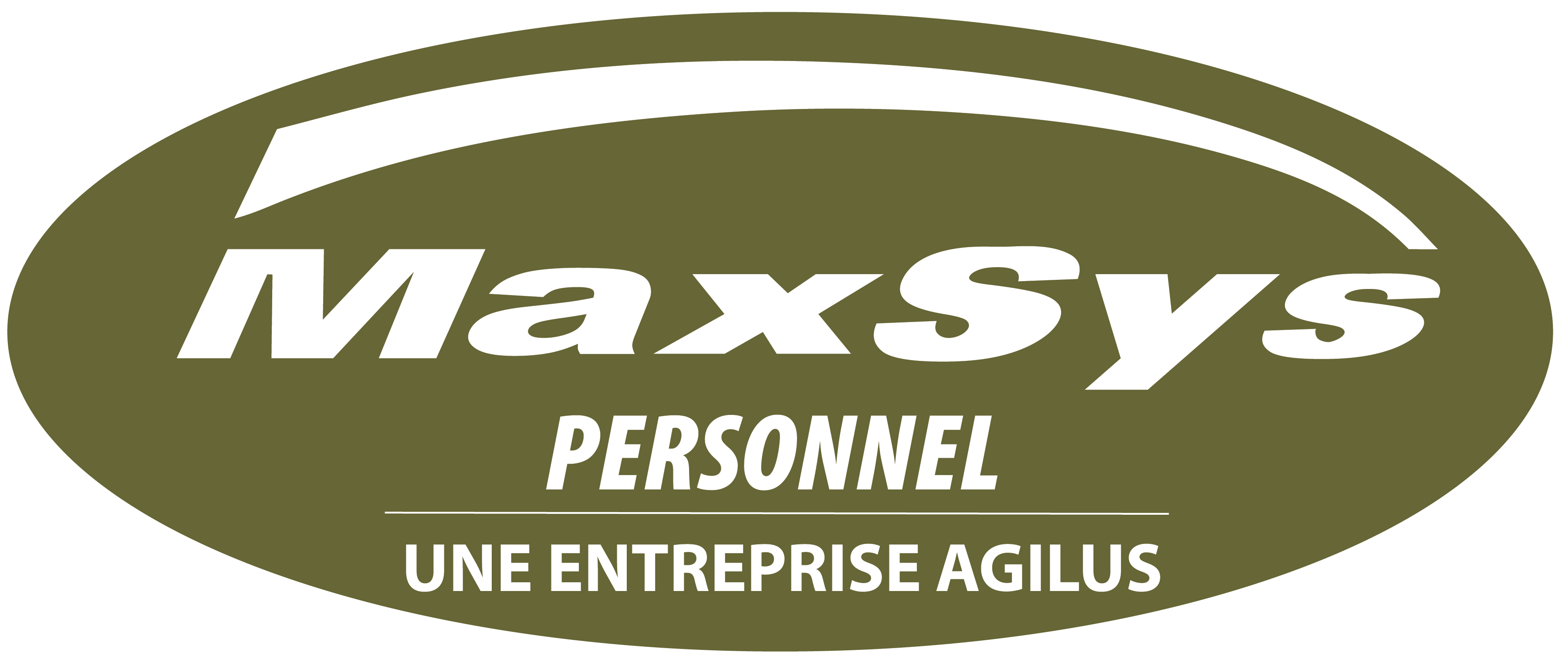avril 29, 2019
10 Steps to Building an Ethics Program
At times, employees feel pressured to meet organizational goals. And when employees presume those goals are unreasonable, they may resort to unethical means of reaching them. Fortunately, many of today’s most successful organizations have combated the forces that cause employees to believe they have to lie, cheat and steal to survive. These companies have confronted the pressure-to-perform dilemma and have established some forward-thinking best practices for doing more and better work with fewer people.
The 10 elements of a best-practices ethics program include the following. Each element is described in reference to the pressure-to-perform scenario.
Step 1: Vision statement. A vision statement defines the long-term, most desirable future state for the organization. The vision gives employees and managers a first screening test for decisions. They should ask themselves: “Will this decision or action move the organization closer to its vision?”
Step 2: Values statement. A values statement defines general principles of required behavior. It’s the standard against which decisions and actions are evaluated to determine if they meet the company’s and employees’ requirements.
Step 3: Organizational code of ethics. A code of ethics gives organization-specific definitions of what’s expected and required. The code of ethics should clarify the organization’s expectations. The code also defines the consequences for failure to meet the standard.
Step 4: Ethics officer. An ethics officer ensures that the ethics systems are in place and functioning. This person monitors the organization to determine if it’s making a good faith effort to abide by its stated values, that the code of conduct supports those values and that violations of those values are prevented or detected and addressed. The ethics officer usually oversees the ethics communication strategy and mechanisms for employees to obtain guidance and report suspected wrongdoing.
Step 5: Ethics committee. The ethics committee oversees the organization’s ethics initiative and supervises the ethics officer. It’s the final interpreter of the ethics code and the final authority on the need for new or revised ethics policies. Early in the ethics initiative, it also may act as an ethics task force, creating the infrastructure it will eventually oversee.
Step 6: Ethics communication strategy. If employees are to know what’s expected of them and what resources are available to them, the ethics officer must create a cohesive ethics communication strategy. This strategy ensures that employees have the information they need in a timely and usable fashion and that the organization is encouraging employee communication regarding the values, standards and the conduct of the organization and its members.
Step 7: Ethics training. Ethics training teaches employees what the organization requires, gives them the opportunity to practice applying the values to hypothetical situations and challenges, and prepares them to apply those same standards in the real world.
Step 8: Measurements and rewards. In most organizations, employees know what’s important by virtue of what the organization measures and rewards. If ethical conduct is assessed and rewarded, and if unethical conduct is identified and dissuaded, employees will believe that the organization’s principals mean it when they say the values and code of ethics are important.
Step 9: Monitoring and tracking systems. It isn’t enough to track and monitor employee behavior. It’s also critical to assess the extent to which employees accept and internalize the organization’s values and ethics code. Do they agree with their importance and appropriateness? Do they believe they apply to all employees at all levels?
Step 10: Ethical leadership. The bottom line is that ethics is a leadership issue. Leaders set the tone, shape the climate and define the standards. If managers are trustworthy and trusted, if their motivations are honorable and their expectations crystal clear, and if they’re paying attention to ethics as an integral element of every business decision, then ethical problems will be rare. Problems arise when the leaders are distracted by other elements of running the organization and fail to ensure that the ethical systems are in place and are effective.
These 10 best practices can prevent the vast majority of ethics violations, large and small, if they’re systematically and systemically applied. Nothing has proven effective in preventing the rogue employee from perverting any system. But these practices can ensure that an organization is doing nothing to encourage good people to do bad things.
F. Navran, Workforce



